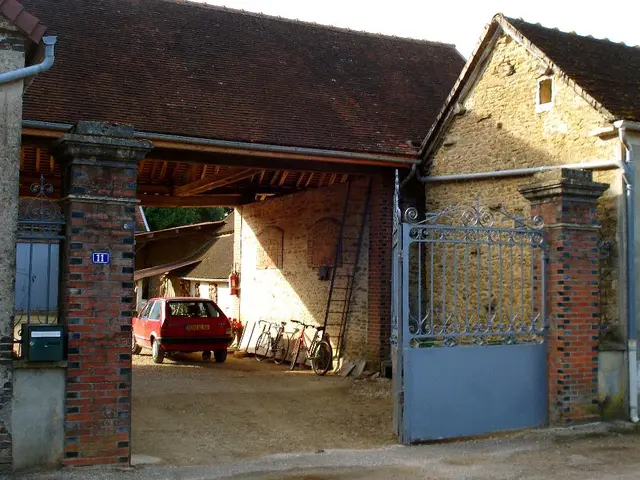Timeless Architectural Marvels: Descending into the Depths of Chand Baori's 3,500 Stepwell
The Ancient Marvel of Chand Baori: India's Subterranean Architectural Feat
Located in the remote village of Abhaneri in Rajasthan, India, lies one of the most awe-inspiring architectural wonders of ancient times—the Chand Baori stepwell. Built more than a millennium ago, this geometric masterpiece, consisting of over 3,500 precisely engineered steps arranged in a hypnotic crisscross pattern across 13 tiers, has managed to retain its mystique and allure to this day.
While many ancient sites have attained global recognition, such as the Pyramids of Giza or Machu Picchu, others like the Chand Baori stepwell remain hidden treasures, enfolded in the fabric of local communities. Constructed during the 9th century reign of King Chand, this architectural feat served as both a water reservoir and a center of life, ritual, and innovation.
Beyond its functional role, the Chand Baori stepwell carried cultural and spiritual significance. Small shrines and temple platforms are seamlessly integrated into its design, providing a gathering spot where people could perform rituals, pray, and share stories. Some legends even claim the stepwell wascrafted by ancient spirits, hinting at the intricate complexity of its design.
Nestled at the bottom of the well, the air remains a consistent 5-6°C cooler than the surface temperature, making it a popular refuge for villagers during India's sweltering summers. In times of scarcity, the stepwell also served as a shelter and supply hub, demonstrating the ingenuity of its creators in addressing resource management and survival strategies.
Tucked away on one side of Chand Baori is a raised pavilion, believed to have been a resting place for royals or spiritual leaders, providing solace from the heat and a tranquil vantage point to survey the extensive network of steps below. Hidden chambers and storage rooms behind its walls further underscore the stepwell's multifaceted purpose.
The design of Chand Baori illuminates more than just engineering skill—it reveals an acute awareness of how to coexist with the climate and the land. This harmonious union between nature and human-made structures is a prevalent theme in ancient Indian architecture, as seen in countless other structures that deftly balance functionality and aesthetic appeal.
Ever since its construction, Chand Baori has continued to stand resilient, serving its intended purpose while remaining largely overlooked by the world at large. Though other monuments command our attention, this quiet yet remarkable feat continues to endure—a testament to the ingenuity of its creators, the resilience of the human spirit, and the timeless allure of ancient Indian history.
The history of Chand Baori stepwell highlights its significant role in the lifestyle of local communities during ancient times, serving not only as a water reservoir but also as a center for rituals, prayer, and storytelling.
Exploring the Pyramids of Giza or Machu Picchu is thrilling, but venturing off the beaten path to discover hidden treasures like Chand Baori stepwell imparts a deeper understanding of historical varied lifestyles and cultural influences, making travel truly enriching.








